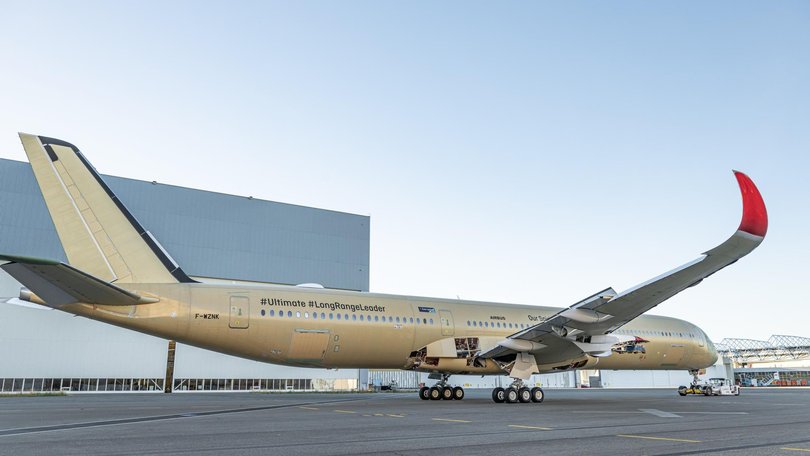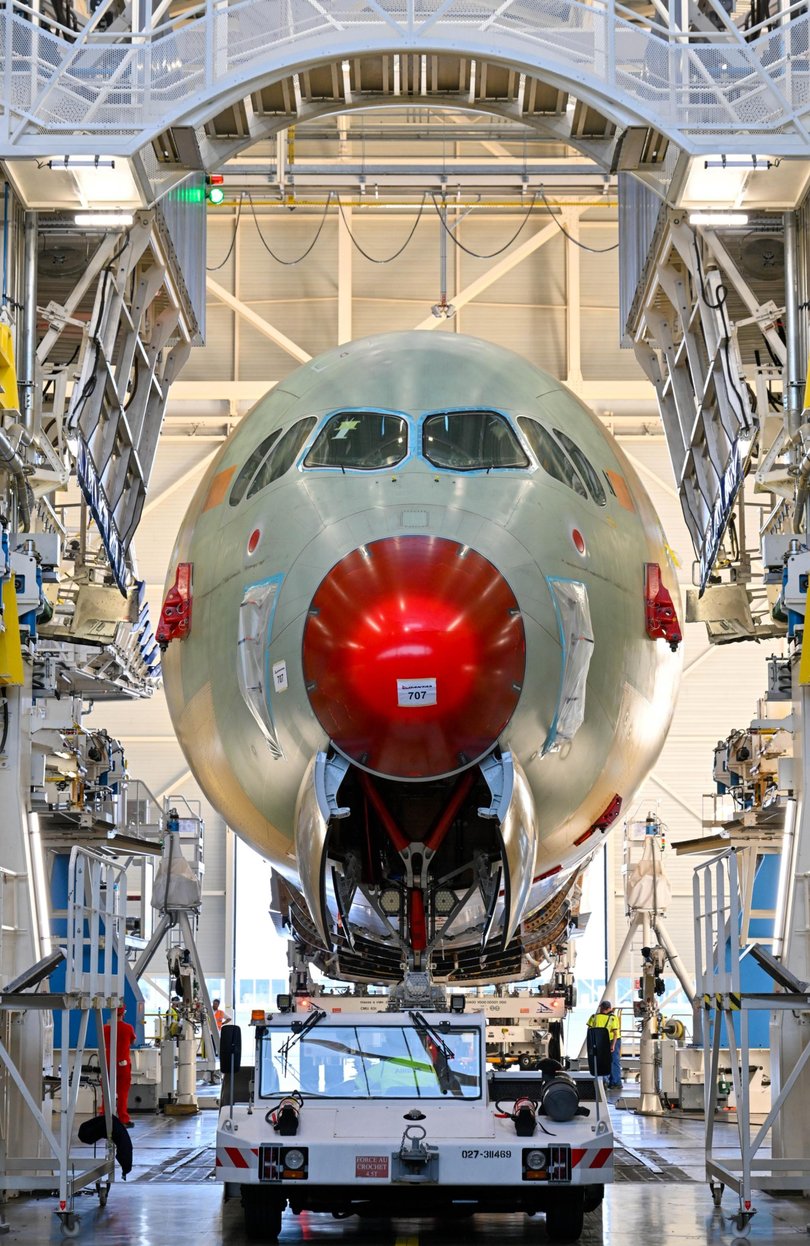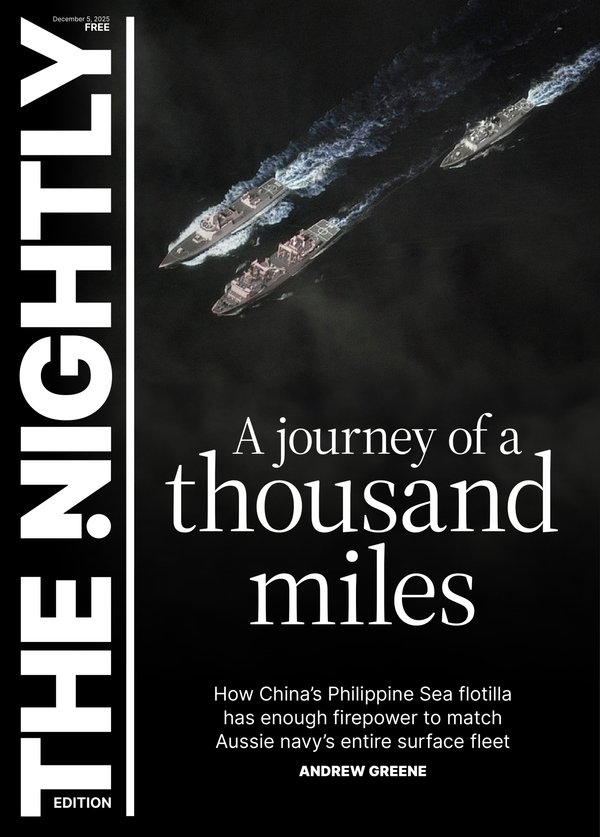Qantas A350-1000ULR nears completion at Airbus facility for Australia’s non-stop flights to London and New York

The Qantas aircraft designed to operate the world’s longest commercial flights is now on the Airbus assembly line in Toulouse, marking a key milestone for the airline’s plans to fly non-stop from Australia to London and New York.
Images released by Qantas and Airbus show the A350-1000ULR (ultra long range) aircraft after the completion of major production stages at the Airbus manufacturing facility.
All key airframe components, including the forward, centre, and rear fuselage sections, have been joined, with wings, tail sections, and landing gear now attached.
Sign up to The Nightly's newsletters.
Get the first look at the digital newspaper, curated daily stories and breaking headlines delivered to your inbox.
By continuing you agree to our Terms and Privacy Policy.This week, the aircraft will move to a new hangar for installation of engines and flight test instruments ahead of an extensive test flight program set to begin in 2026.
Qantas said the specially configured A350-1000ULRs would be capable of flights of up to 22 hours non-stop, thanks to an additional 20,000-litre rear centre fuel tank and enhanced systems.
Direct services are expected to cut up to four hours off total travel time compared with current one-stop routes.

Qantas currently operates a non-stop service from Perth to London in about 18 hours. Project Sunrise aims to push the limits further with direct flights from Australia’s east coast to London and New York.
The company said the Project Sunrise name paid homage to Qantas’ historic Double Sunrise flights during World War II that stayed airborne long enough for crew to see two sunrises.
Qantas chief executive Vanessa Hudson said the aircraft’s assembly brought Project Sunrise closer to reality.
“Given Australia’s position in the world, Qantas has a long history of breaking aviation barriers. Project Sunrise will not only overcome the tyranny of distance, it will fundamentally change the way our customers travel the world,” Ms Hudson said.
“These flights will cut up to four hours off the journey and transform how people experience ultra long-haul travel, through science backed design to minimise jet lag and maximise wellbeing.”
Cabins have been designed from the ground up in collaboration with aviation specialists, Australian industrial designer David Caon, and a team of experts from The University of Sydney’s Charles Perkins Centre.
Sleep scientists contributed to features intended to reduce jet lag, including customised lighting and timed meal services.
The airline said passenger space had also been prioritised, with the aircraft configured for 238 seats, fewer than the 300-plus seats common in other A350-1000s.
A purpose-built “wellbeing zone” between premium economy and economy includes integrated stretch handles, guided exercise programs, a hydration station, and a range of refreshments.
The first of 12 aircraft is scheduled for delivery in late 2026, with the first commercial Project Sunrise flights expected to begin in the first half of 2027.
